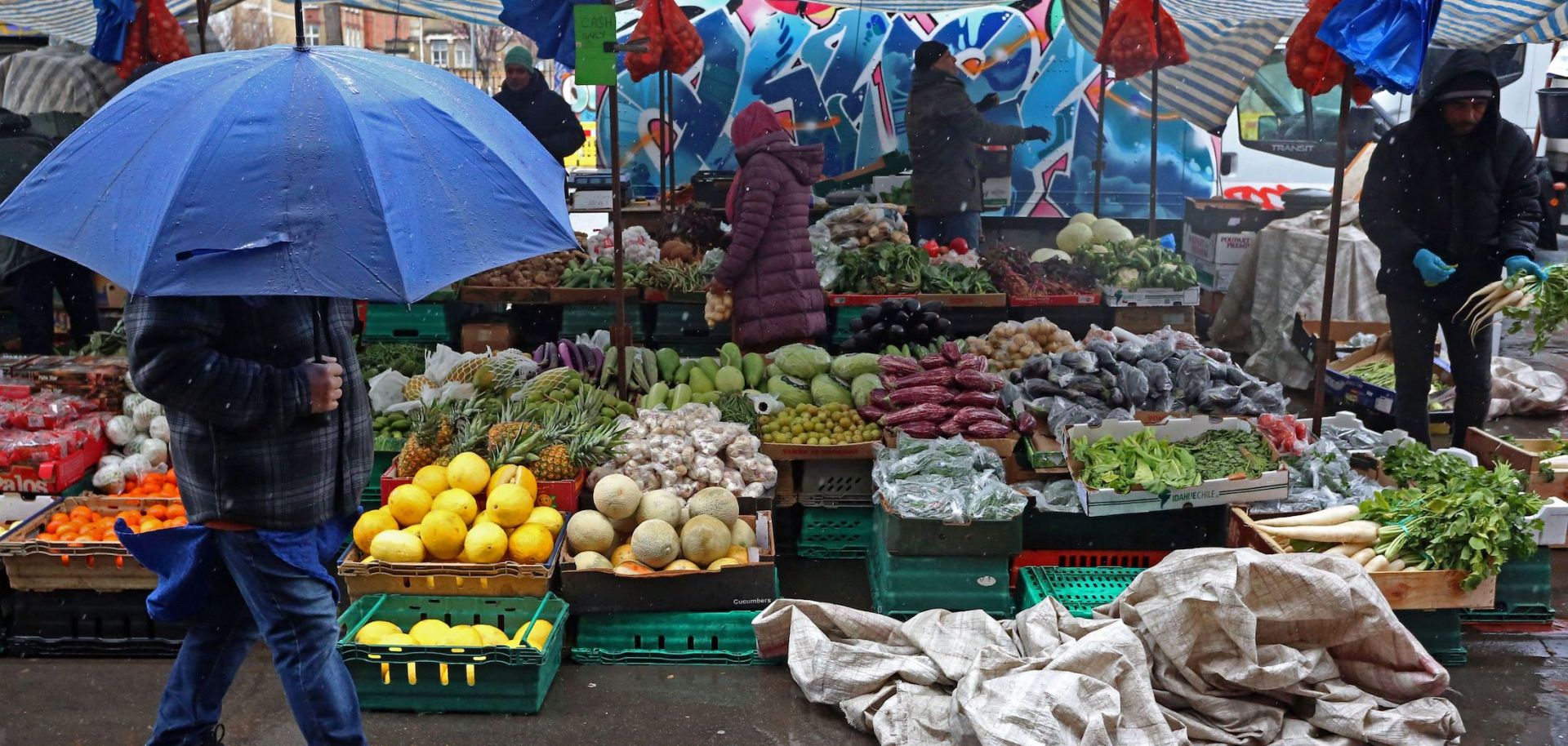Eurozone inflation dropped at a record rate to 6.9% in March, down from 8.5% in February, driven by a sharp decline in energy prices. However, core inflation — which excludes volatile food and energy price components and is thus seen as providing a more stable, long-term view of underlying inflation trends — continued to rise, reaching a new record high of 5.7% in March from 5.6% in February. In fact, while headline inflation declines on the back of easing energy prices, food prices remain high, thus reducing household spending and keeping pressure on governments across the bloc to continue providing financial support against the ongoing cost-of-living crisis. For instance, in France and Germany, the bloc's two largest economies, upward pressure on food prices accelerated to about 16% and 20%, respectively. Against this backdrop, although underlying inflation is ultimately expected to start declining in the coming months, protests and strikes from workers demanding higher wages remain widespread in Europe, further supported by exceptionally tight labor markets in the region that increase the negotiating power of labor unions.
Moreover, rising core inflation is strengthening the case for further interest rate hikes by the European Central Bank (ECB), which has a target of maintaining inflation close to but below 2%. The ECB has raised interest rates by a cumulative 3.5% since the summer of 2022 to tame the record-high surge in prices in the eurozone, bringing its main benchmark rate to 3%. However, while further rate rises are expected amid growing core inflation since higher interest rates that weaken demand are the only direct way central banks have to cool prices, the size of the next hike remains unclear following recent turbulence in the banking sector. With no indication given on any potential rate decisions in the coming months, the ECB will have to walk a fine line between bringing inflation back to its 2% target and trying not to further upset Europe's banking system given how a crisis could amplify the adverse economic impacts of monetary tightening and lead to a sharper decline in lending to businesses and households.




